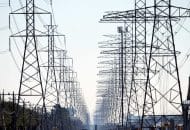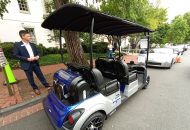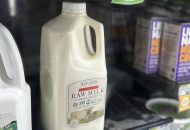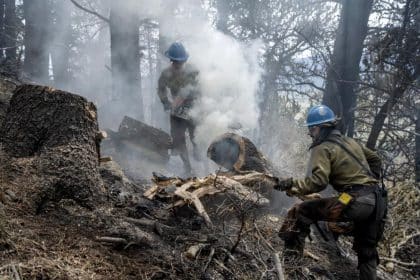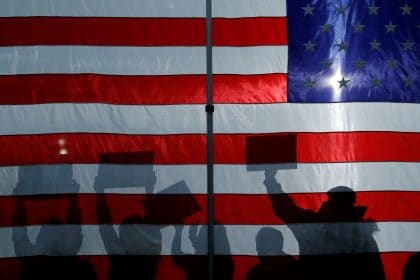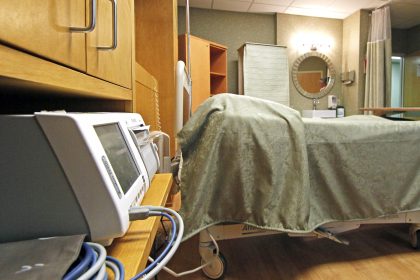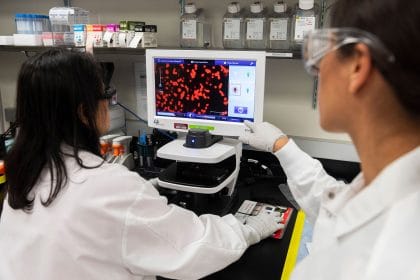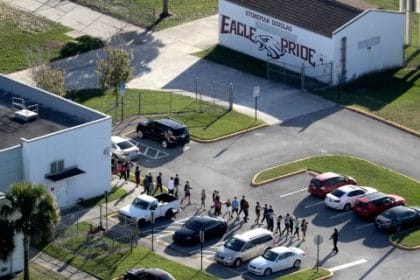New Research Provides a Roadmap for Boosting Turnout in Local Elections
COMMENTARY
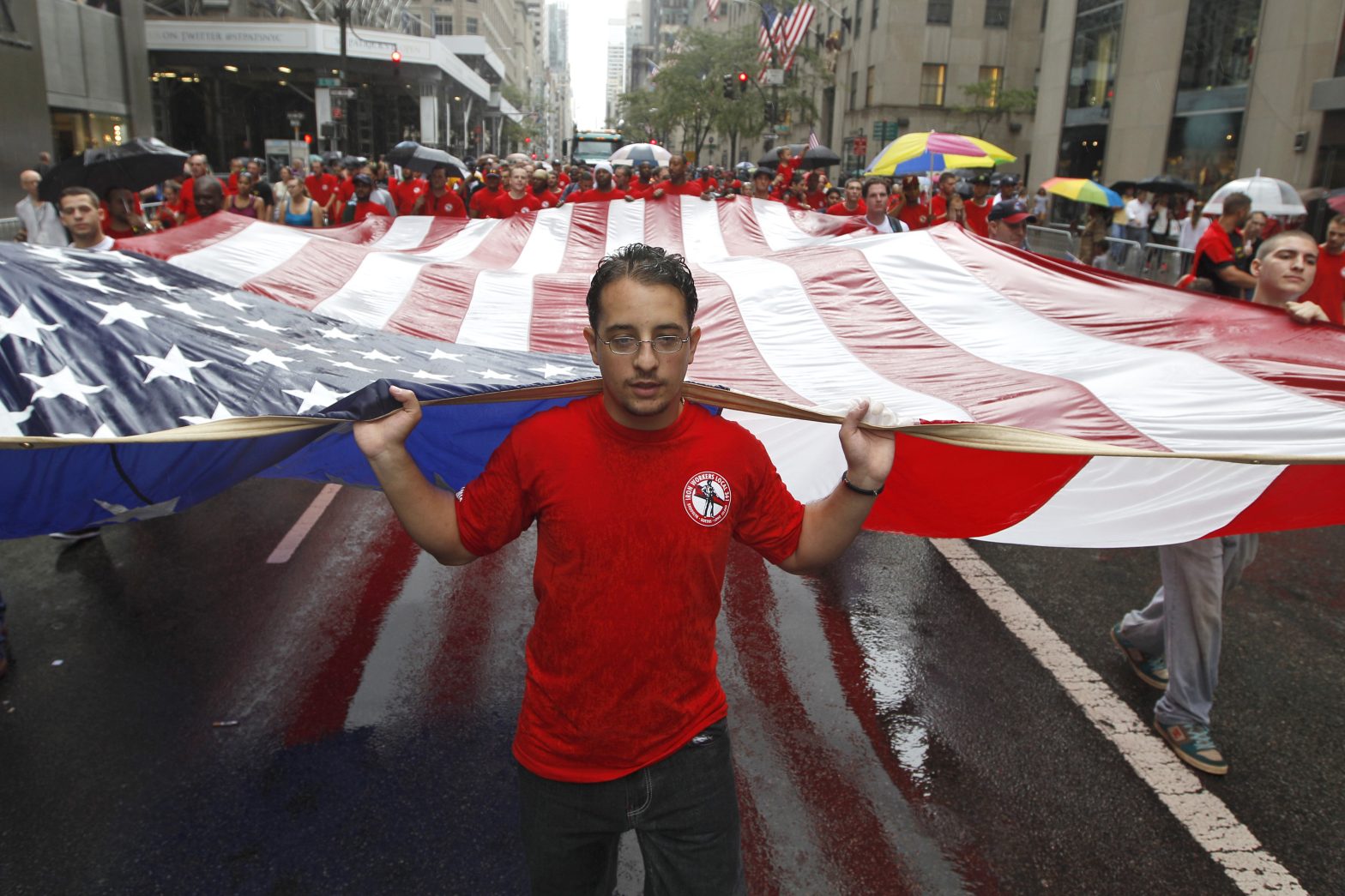
While national campaigns get the big headlines, local elections often have the most direct impact on the day-to-day lives of Americans.
Yet in New York City, local elections are an afterthought for most voters — so much so that only about one in 10 registered voters showed up to cast their ballots for a critical June primary to select city council candidates.
And these low turnout numbers in June were far from an anomaly. An analysis of voter turnout by the New York City Campaign Finance Board found that from 2008 to 2018, only 3% of registered voters cast their vote in every election in which they were eligible. More than a fifth of registered voters did not turn out to vote in any election in which they were eligible to vote.
But CommVeda Consulting Principal Seema Shah’s analysis of GoVoteNYC’s work over the past two election cycles offers a possible roadmap toward boosting these numbers both in New York and nationally — one that relies on proven strategies, including working closely with trusted local messengers. GoVoteNYC is a collaboration of New York City-based donors committed to strengthening democracy through civic engagement housed at The New York Community Trust.
The analysis found nonprofits with high levels of community trust successfully increased voter turnout when they shared information about voting when they were providing their regular services and when the outreach was language specific and culturally responsive.
During the June 2021 primaries, 37% of Black, Indigenous and people of color voters who were canvassed by GoVoteNYC grantee partners turned out at the polls, a much higher rate than the 20% turnout among voters in those groups who were not canvassed.
What lessons can we learn from these results?
Build Relationships
First, nonprofits demonstrated the importance of teaching about how government operates, explaining the ins and outs of the electoral process, and understanding how it all connects to the issues residents care about. They used that engagement as an entry point for conversations on voting, rather than the more transactional approach of asking people to vote right before an election.
The trusted community nonprofits demonstrated the strongest success using these relational voter outreach methods: talking directly about the importance of voting with their constituents, who are then encouraged to talk with friends and family members.
In the general election of November 2022, these methods generated the highest turnout among canvassed voters (42%), compared to text messages (31%), door-knocking (33%), and phone calls (27%).
Connect and Embed
Second, voter turnout work was most successful when it was delivered in conjunction with a nonprofit’s services and built on long-standing relationships.
Nonprofits found that by integrating voter education into regular programming, they reached more people and turnout remained higher. One organization talked about the importance of voting in an upcoming primary during a paper-lantern-making holiday activity. Another group used the 15-minute period when community members waited after a COVID-19 vaccination to have one-on-one conversations about the upcoming elections, and got people to sign a pledge-to-vote card.
This approach requires nonprofits to train employees on how to share basic information about how to vote and how to talk to potential voters without being partisan.
Include Some Humanity
It is also important to take stock of what doesn’t work.
Columbia University Professor Don Green conducted a series of experiments, comparing turnout rates between a control group and a random sample of voters contacted via text and phone. The analysis affirmed what anyone barraged by texts at election time might guess: There was no meaningful increase in turnout resulting from mass texts.
The takeaway from this finding is clear: relational human-to-human contact is always preferable to automated texts or robocalls.
Looking Ahead to Future Elections
With this recipe for future success, the GoVoteNYC collaborative is now focused on increasing voter turnout in the 2025 citywide elections and has just announced a new round of grants to build on these proven methods.
While the democratic process itself has been called into question and has become daily front page news, it is inspiring that democracy is reinforced and rebuilt by community groups using methods that use conversations and other one-to-one engagement with friends, family and constituents.
Trusted grassroots nonprofits are playing a critical role in not just increasing voter turnout, but also, perhaps, bringing us all closer together.
Neill Coleman is the principal of Mission Magnified Consulting. He can be reached at LinkedIn.
Martha King is the senior program officer at the Charles H. Revson Foundation. She can be reached at LinkedIn.
Patricia A. Swann is senior program advisor at The New York Community Trust. The co-authors are all co-chairs of, and consultant to, GoVoteNYC. She can be reached at LinkedIn.










